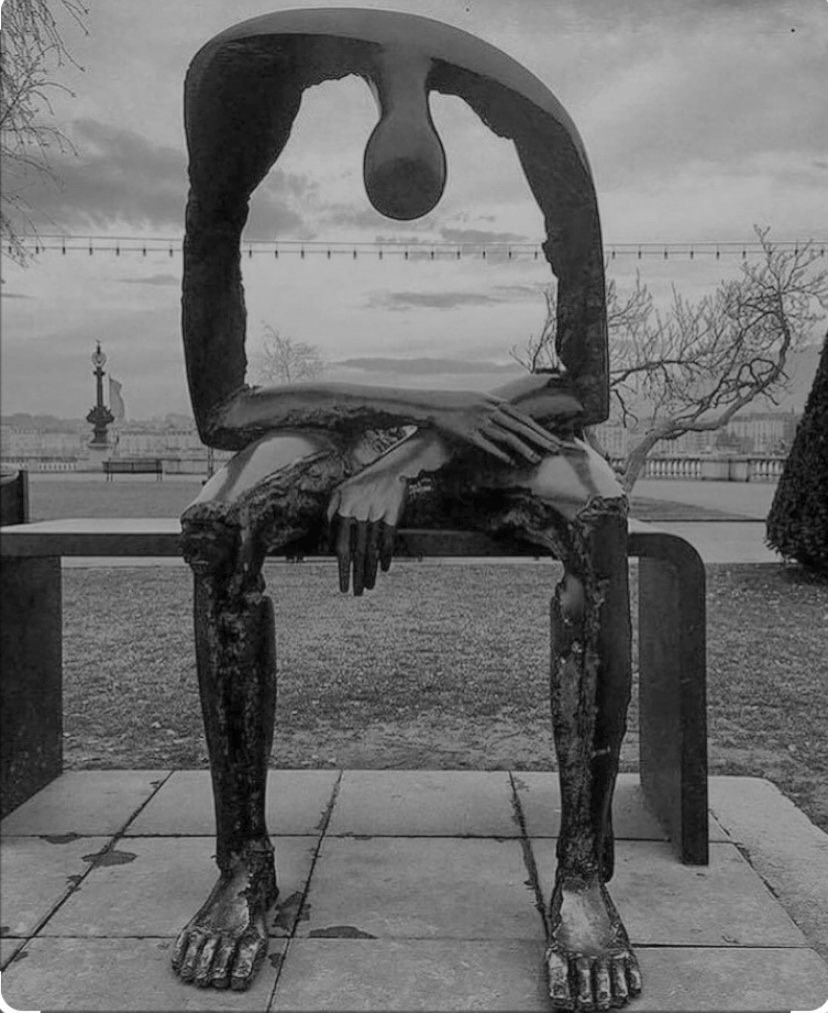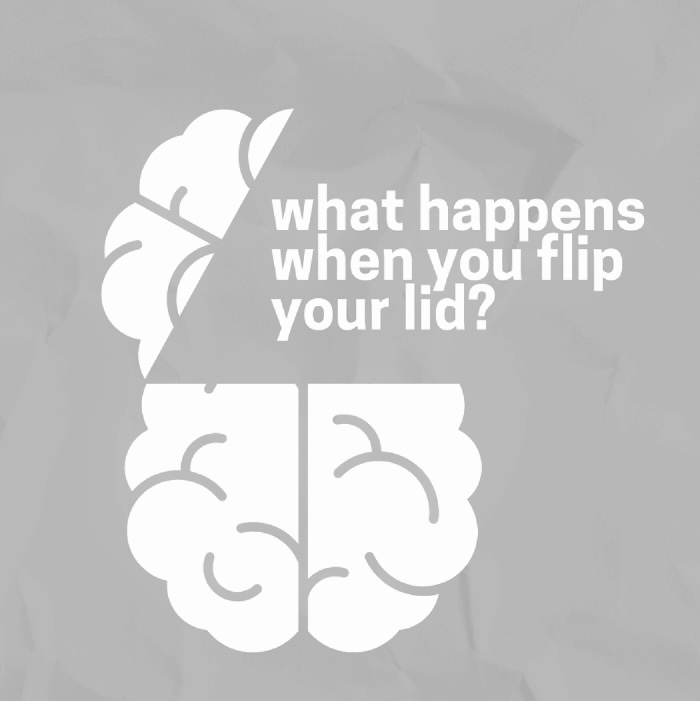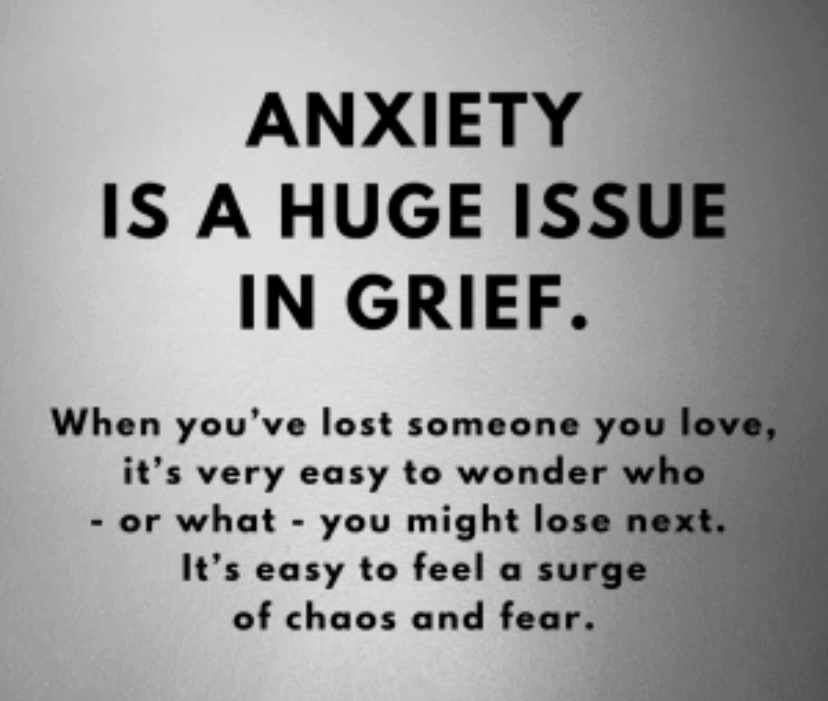On the peaceful shores of Lake Geneva, you’ll find “Melancholy,” a touching sculpture by Romanian-born artist Albert György. This powerful piece captures the deep emptiness that comes with profound sorrow and loss. The figure, with a big hole in its chest, speaks to anyone who has felt the crippling effects of grief.
Grief is a deeply personal and complicated journey. Elisabeth Kübler-Ross’s five stages of grief—denial, anger, bargaining, depression, and acceptance—give us a way to understand it, but everyone experiences grief differently. People move through these stages in their own unique ways and times, sometimes experiencing stages together, weaving forwards and backwards through the stages and, sometimes, not at all.
Albert György’s “Melancholy” shows the overwhelming emptiness many people feel when grieving. The hole in the sculpture’s chest symbolises the sense of loss and confusion that can make it hard to function or find joy.
There are different ways to understand how we process grief. J. William Worden’s “tasks of mourning” suggest that to heal, we need to accept the loss, feel and process the pain, adjust to life without the person, and find a way to keep their memory while moving forward. György’s sculpture captures the difficulty of dealing with pain and adjusting to a new life without a loved one.
Another helpful idea comes from Tonkin’s model of grief, which says that while the pain of loss may never completely go away, we can grow around it. This means that over time, we learn to live with our grief and build new experiences around the ongoing sadness.
Counselling can be very helpful in dealing with grief. Person-centered therapy, in particular, offers a warm and supportive space where people can talk about their feelings at their own pace. This approach focuses on empathy, active listening, and unconditional support, helping people feel understood as they work through their grief.
Support groups also provide comfort by allowing people to share their experiences with others who understand what they’re going through. Creative therapies, like art or music, can also help people express emotions that are hard to put into words.
The setting of “Melancholy” by Lake Geneva adds to its reflective nature, giving visitors a peaceful place to think about their own grief. The sculpture reminds us that while grief creates a deep emptiness, acknowledging and exploring this feeling is important for healing. Just as the calm waters of the lake reflect our inner state, engaging with our grief through counselling and support can help us understand and accept our loss.
György’s “Melancholy” is more than just a piece of art; it’s a representation of the universal experience of grief. It invites us to face our losses and realise that sorrow, while deeply personal, is also something we all share. By understanding the grief process and seeking support, we can navigate the painful journey of mourning and find ways to live with the emptiness while honoring the memory of our loved ones.
As you stand by Lake Geneva and look at “Melancholy,” let the sculpture’s silent expression of grief touch you. Remember that while grief may create a void within, this emptiness is a sign of the love and connection that once filled it. In embracing this shared human experience, healing becomes possible.


